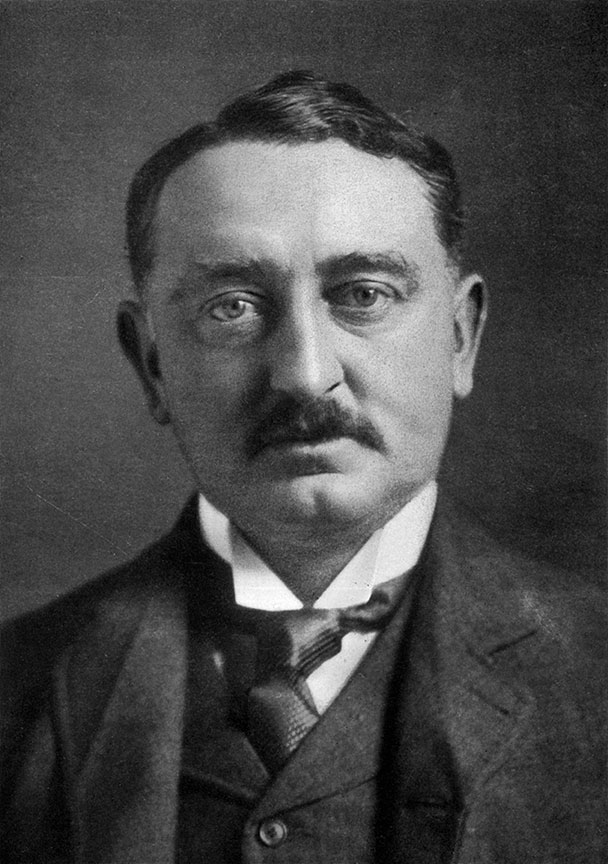Cecil John Rhodes (1853-1902)

Francisco Pizarro, born around 1475 in Trujillo, Spain, was a Spanish conquistador best known for conquering the Inca Empire. In 1532, Pizarro captured and executed the Inca emperor Atahualpa, securing vast wealth for Spain. He founded Lima and became a marquis, but internal rivalries led to his assassination in 1541. Pizarro’s legacy remains tied to both his ruthless conquests and his role in shaping Spanish colonial rule in South America.
Francisco Pizarro González, born around 1475 in Trujillo, Spain, was one of the most significant figures in the Spanish conquest of the Americas. The illegitimate son of Gonzalo Pizarro Rodríguez de Aguilar, an infantry colonel, and Francisca González, a woman of modest means, Pizarro grew up in relative poverty. Despite his humble beginnings, his ambition to seek wealth and status led him to join early Spanish expeditions to the New World, seeking fortune and adventure.
Pizarro first arrived in the Americas in 1502, sailing to Hispaniola (now the Dominican Republic and Haiti). His early years in the New World saw him participating in various expeditions, including the ill-fated mission to Colombia led by Alonso de Ojeda in 1509. He also served under Vasco Núñez de Balboa, who discovered the Pacific Ocean in 1513. These experiences laid the foundation for Pizarro’s future as a conquistador.
In 1524, Pizarro embarked on his first expedition to explore the west coast of South America, seeking the fabled riches of the Inca Empire. Although this venture was unsuccessful, he was undeterred. In 1526, Pizarro launched a second expedition, during which he and his men ventured farther south along the Peruvian coast. They encountered signs of immense wealth but were forced to retreat due to lack of resources. Convinced of the empire’s wealth, Pizarro returned to Spain in 1528 to seek royal support for a third expedition. King Charles V granted Pizarro authority to conquer Peru, appointing him governor of the newly discovered lands.
Pizarro’s most significant achievement came in 1532 when he and a small force of around 180 men encountered the vast Inca Empire, already weakened by civil war between the brothers Atahualpa and Huáscar. Using cunning and deceit, Pizarro invited Atahualpa, the reigning Inca emperor, to a meeting in the town of Cajamarca. Once there, Pizarro’s men ambushed the Incas, capturing Atahualpa. Pizarro demanded a ransom in exchange for the emperor’s release, famously receiving a room filled with gold and silver. Despite this immense ransom, Pizarro executed Atahualpa in 1533, effectively ending resistance to the Spanish conquest.
With Atahualpa gone, Pizarro seized control of the Inca capital, Cuzco, and began consolidating Spanish rule over the region. In 1535, he founded the city of Lima, which would later become the capital of the Viceroyalty of Peru and a key center of Spanish colonial power in South America. For his efforts, Pizarro was rewarded with the title of Marquis by the Spanish crown, though he never gained full noble status.
However, Pizarro’s conquests led to tension with fellow conquistador Diego de Almagro, who felt entitled to more rewards for his role in the conquest. The rivalry between Pizarro and Almagro escalated into open conflict, culminating in Almagro’s execution by Pizarro’s brother Hernando in 1538.
Pizarro’s rule was short-lived. In 1541, supporters of the executed Almagro stormed Pizarro’s palace in Lima and assassinated him. Though his life ended in violence, Pizarro’s legacy remains significant. His conquest of the Inca Empire dramatically altered the course of South American history, bringing vast wealth to Spain and establishing a colonial empire that would last for centuries.
 >
>